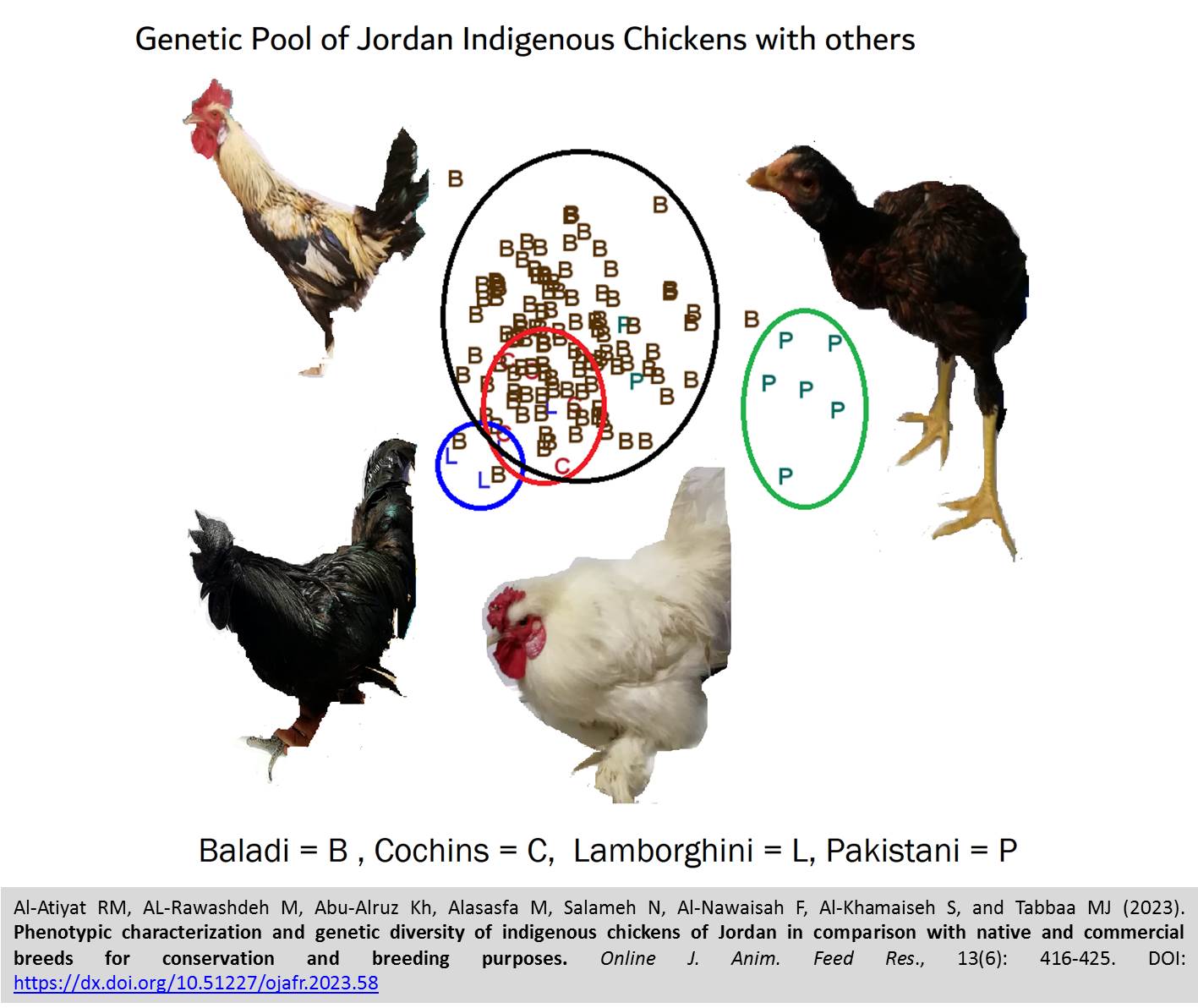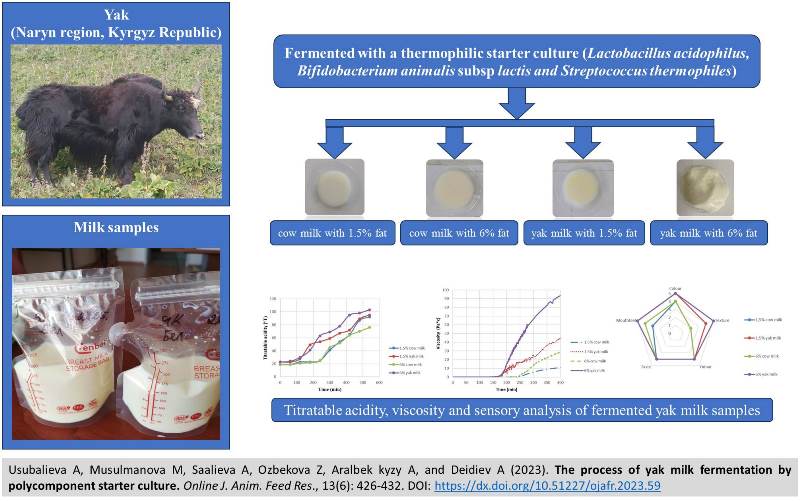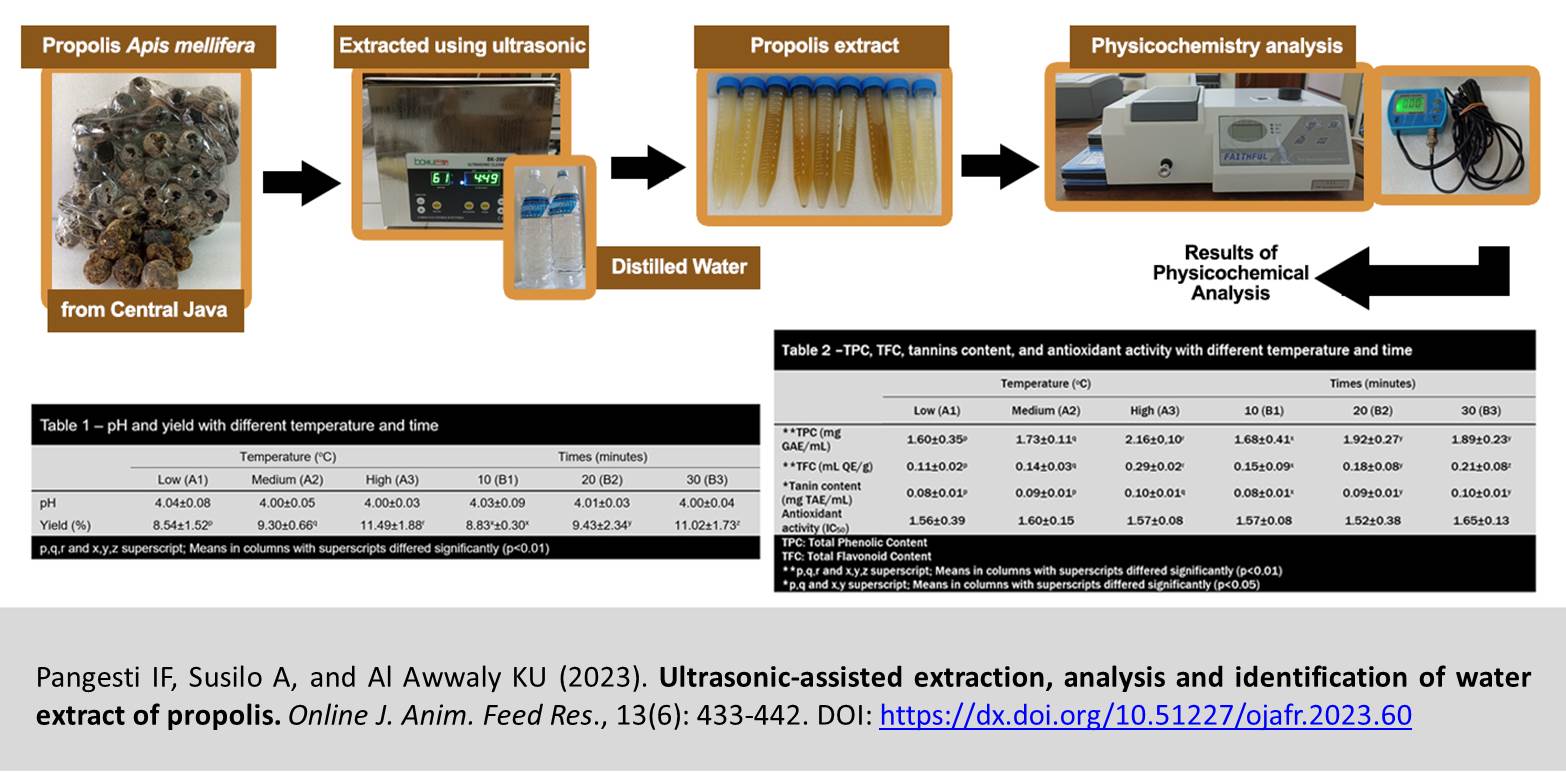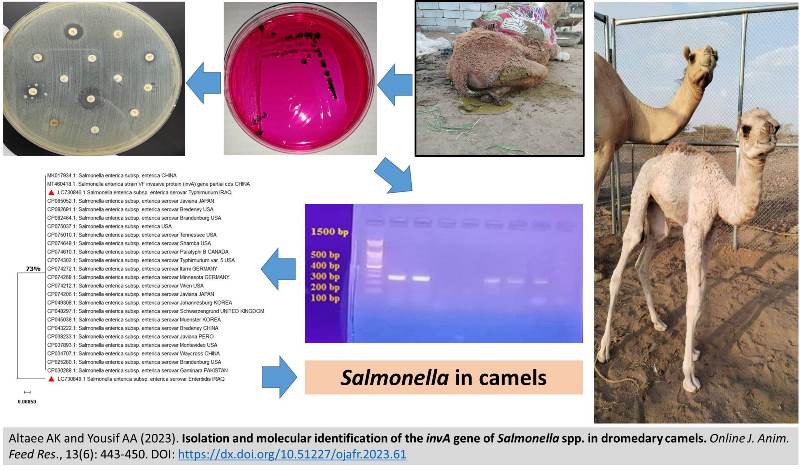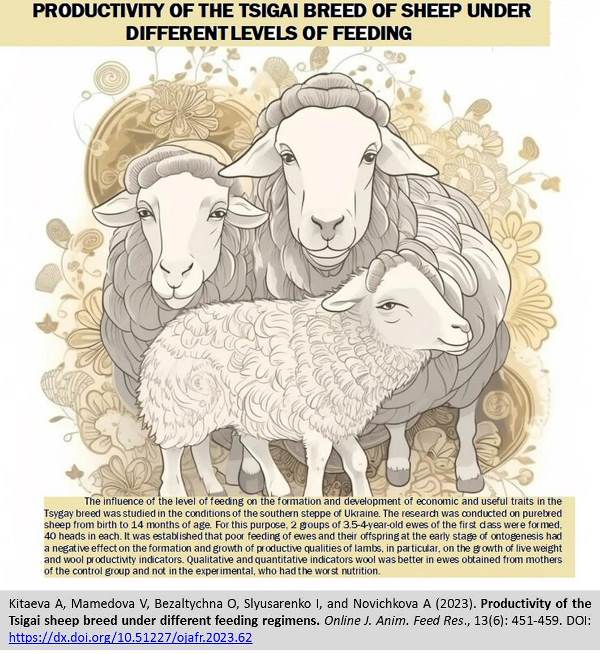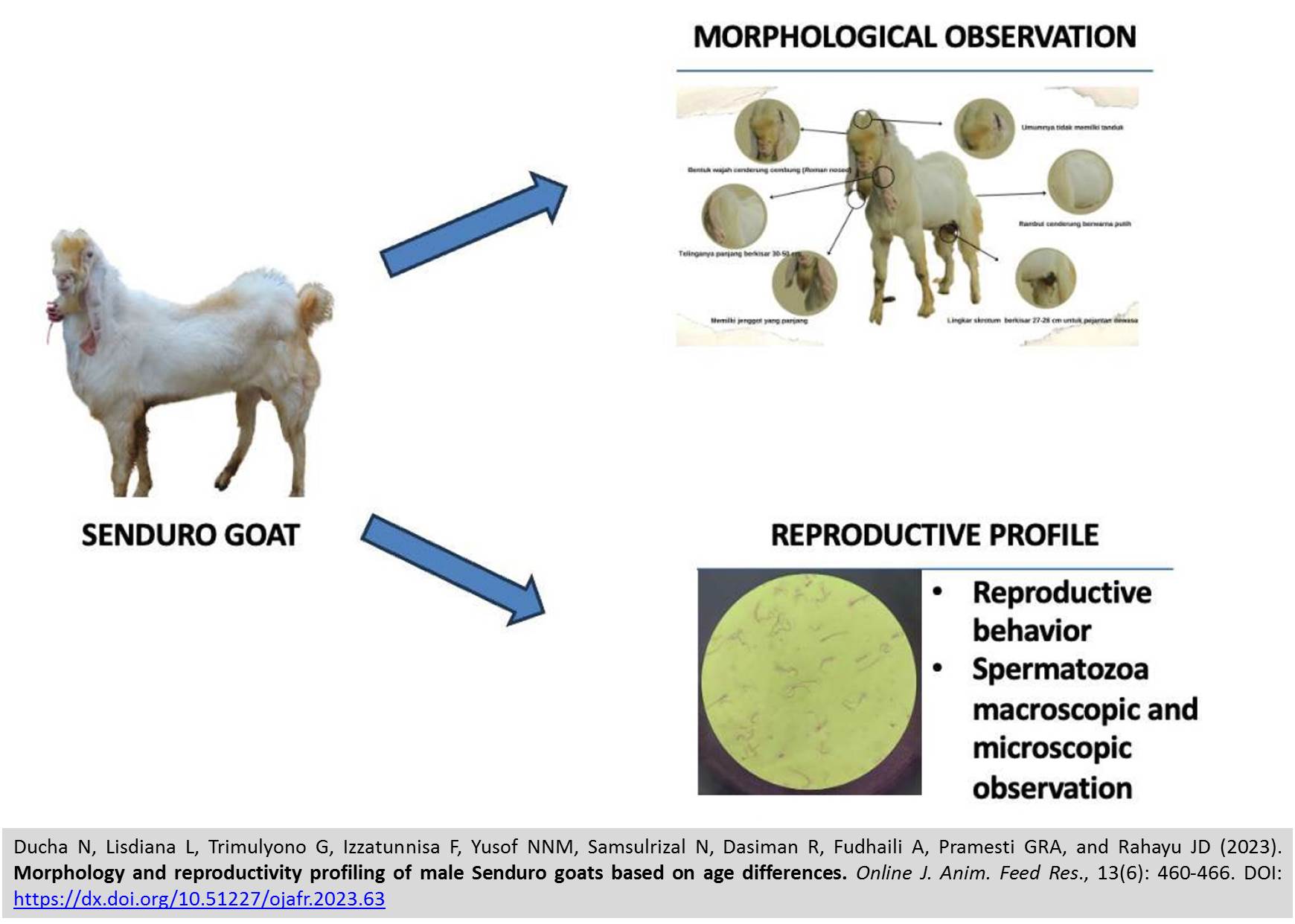Previous issue | Next issue | Archive
![]() Volume 13 (6); November 25, 2023
Volume 13 (6); November 25, 2023
Phenotypic characterization and genetic diversity of indigenous chickens of Jordan in comparison with native and commercial breeds for conservation and breeding purposes
Al-Atiyat RM, AL-Rawashdeh M, Abu-Alruz Kh, Alasasfa M, Salameh N, Al-Nawaisah F, Al-Khamaiseh S, and Tabbaa MJ.
Online J. Anim. Feed Res., 13(6): 416-425, 2023; pii: S222877012300058-13
DOI: https://dx.doi.org/10.51227/ojafr.2023.58
Abstract
Indigenous chickens of Jordan are facing extinction and need genetic conservation because they were unable to commercially compete in the poultry industry because of low genetic ability compared to commercial layers. The study aimed to investigate phenotypic and genetic diversity of village chickens in Jordan using discriminant analyses procedures to provide a basis for sustainable genetic conservation and utilization program to overcome any possible extinction. The sampled chicken population of 578 one-year old chickens (125 males and 433 females) was phenotypically characterized for 15 biometric and plumage traits from major cities of the three regions; Middle, North, and South. The traits variations within and between breeds were detected statistically by stepwise discriminant and canonical-discriminant of uni- and multivariate analyses. The results showed the sampled population as village chickens in Jordan is comprised of indigenous (Baladi) breed (85%) and few exotic and commercial breeds. The breeds were distinct and differentiated based on phenotypic traits indicating high genetic variability. The major phenotypic traits that showed significant power to differentiate breeds were comb type, body weight, comb size, earlobe color, wattle size, face color and breast size in males and comb type and size, body weight, face and breast size, leg color and wattle size in females. Recent and past crossings, admixture or migration from exotic and commercial breeds were noted. Moreover, low levels of phylogeographic structure were observed across the studied breeds. In conclusion, there is need to conserve the indigenous breed in situ and in vivo for its adaptive gene pool in coming days of persisted climate change and diseases threats.
Keywords: Breed conservation, Distance, Genetic diversity, Morphology, Native chickens.
[Full text-PDF] [Scopus] [ePub] [Export from ePrints]
Research Paper
The process of yak milk fermentation by polycomponent starter culture
Usubalieva A, Musulmanova M, Saalieva A, Ozbekova Z, Aralbek kyzy A, and Deidiev A.
Online J. Anim. Feed Res., 13(6): 426-432, 2023; pii: S222877012300059-13
DOI: https://dx.doi.org/10.51227/ojafr.2023.59
Abstract
The paper presents a comparative characteristic of the fermentation processes of yak and cow milk samples with a high fat content of 1.5% and 6% with a multicomponent starter culture, which includes Lactobacillus acidophilus, Bifidobacterium animalis subsp Lactis and Streptococcus thermophilus. Acid formation in the process of milk fermentation under the influence of the starter microflora was assessed by the dynamics of changing in titratable (Ac) and active (pH) acidity over time. The course of the formation of the structure of the resulting clot was monitored on a rheometer, fixing the viscosity characteristics of the fermented milk clot in dynamics. It has been established that the increase in acidity occurs more intensively in yak milk in comparison with cow's milk with a corresponding acceleration of the formation of a fermented milk clot. In conclusion, the resulting clots were subjected to sensory analysis with the identification of the best sample, which was fermented yak milk with a fat mass fraction of 6%.
Keywords: Cow milk, Fermentation, Rheological properties, Starter culture, Yak milk.
[Full text-PDF] [Scopus] [ePub] [Export from ePrints]
Research Paper
Ultrasonic-assisted extraction, analysis and identification of water extract of propolis
Pangesti IF, Susilo A, and Al Awwaly KU.
Online J. Anim. Feed Res., 13(6): 433-442, 2023; pii: S222877012300060-13
DOI: https://dx.doi.org/10.51227/ojafr.2023.60
Abstract
Apis mellifera is one species of bee that produces propolis, a resin-based product. Propolis extraction using ultrasonic assistance is being widely studied. Using water as a solvent is a challenge to capture the bioactive components of propolis. This research aimed to determine the physicochemical quality resulting from the processing of propolis extract from Central Java by ultrasonics using water as a solvent at different temperatures and times. Raw propolis is extracted by the ultrasonic-assisted extraction method at low, medium, and high temperatures. Raw propolis is extracted by the ultrasonic-assisted extraction method at low, medium, and high temperatures. The study used nine treatments with three replications. The extraction time was carried out for 10, 20, and 30 minutes. The study used nine treatments with three replications. The results of the analysis showed that propolis extraction at different temperatures and times had a very significant effect (P<0.01) on the yield, total phenolic content (TPC), and total flavonoid content (TFC), with an average of 6.7–13.3%, 1.10–2.21 mg GAE/mL, and 0.07–0.32 mg QE/mL, respectively. Propolis extraction at different temperatures and times had no significant effect on tannin content, pH, and antioxidant activity. Regarding yield, TPC, TFC, and tannin content values, it was determined that extracting at high temperatures for 30 minutes produced the best results. High temperatures and long timespans are used for the best chance of collecting bioactive components.
Keywords: Bee products, Physicochemical, Processing, Propolis extract, Water solvent.
[Full text-PDF] [Scopus] [ePub] [Export from ePrints]
Research Paper
Isolation and molecular identification of the invA gene of Salmonella spp. in dromedary camels
Altaee AK and Yousif AA.
Online J. Anim. Feed Res., 13(6): 443-450, 2023; pii: S222877012300061-13
DOI: https://dx.doi.org/10.51227/ojafr.2023.61
Abstract
This study was done to determine the percentage of Salmonella spp. in camels from three provinces (Karbala, Al-Najaf and AL-Muthana) in Iraq with different age and both sexes. Total of 250 fecal samples from 250 camels were collected. Diagnostic study depended upon the morphological and cultural properties of the isolates on some selective media like Xylose lysine deoxycholate (XLD) and Salmonella Shigella (SS) agars which were used in addition to different biochemical tests and molecular assay by PCR for detection of virulence gene invasion A (invA) with Phylogenetic study. The clinical signs appearing on animals infected with Salmonella were greenish diarrhea, loss of appetite with mild systemic reaction. Bacteriological and molecular tests revealed isolation of five Salmonella isolates with invA gene. Two of these isolates were sequenced. The results showed that the first strain S. enterica subspecies typhimurium (LC730846) converged with a group of global strains with one node, as it converged with the global strain that held the clade (MK017934.1 and MT460418.1). While the second local strain S. enterica serovar enteritidis (LC730849) appeared with a new node and it is not affiliated with any association with the world S. enterica strains. It is concluded that the presence of Salmonella spp. in camels needs monitoring in order to minimize the risks of infection exposing human beings.
Keywords: Camels, Fecal samples, invA gene, PCR, Salmonella.
[Full text-PDF] [Scopus] [ePub] [Export from ePrints]
Research Paper
Productivity of the Tsigai sheep breed under different feeding regimens
Kitaeva A, Mamedova V, Bezaltychna O, Slyusarenko I, and Novichkova A.
Online J. Anim. Feed Res., 13(6): 451-459, 2023; pii: S222877012300062-13
DOI: https://dx.doi.org/10.51227/ojafr.2023.62
Abstract
In the present study, the influence of levels of feeding on the formation and development of economic and commercial traits of the Tsigai breed was studied in the conditions of the southern steppe of Ukraine. The research was conducted on purebred sheep from birth to 14 months of age. For this purpose, 2 groups of 3.5-4 years old ewes of the first class were selected with 40 heads in each class. It was established that poor feeding of ewes (experimental diet and below standard nutritional levels) and their offspring at the early stage of ontogenesis had a negative effect on the formation and growth of productive qualities of lambs, means of live weight and wool productivity indicators. Qualitative and quantitative indicators of wool were better in ewes obtained from mothers of the control group (who received a balanced diet in accordance with the standard of feeding). Advantage in length of wool at 12 months age was 29.3%, shearing of unwashed wool (26.7%), washed (26.5%), strength of wool at 4 months of age (10.5%), and in the 14th month aged was 5%. The improvement in housing and nutrition conditions in the control group proved that the counts were better and this had a very positive effect on the productivity of the sheep. In conclusion, full-fledged feeding of ewes of the Tsigai breed ensured good development of offspring at all stages of ontogenesis and contributed to the birth of healthy, viable lambs that are capable of high productivity. Any decline in nutrients of Tsigai sheep breed (from standards of commercial formula) can cause considerable deficiency in productivity of animals.
Keywords: Feeding, Live weight, Local breeds, Productivity, Wool quality.
[Full text-PDF] [Scopus] [ePub] [Export from ePrints]
Research Paper
Morphology and reproductivity profiling of male Senduro goats based on age differences
Ducha N, Lisdiana L, Trimulyono G, Izzatunnisa F, Yusof NNM, Samsulrizal N, Dasiman R, Fudhaili A, Pramesti GRA, and Rahayu JD.
Online J. Anim. Feed Res., 13(6): 460-466, 2023; pii: S222877012300063-13
DOI: https://dx.doi.org/10.51227/ojafr.2023.63
Abstract
Senduro goats, a local breed of meat and dairy goats from Indonesia, are recognized for their significance in improving goat breeding and preserving valuable genetic resources. However, limited information exists regarding the reproductive physiology of Senduro goats, which poses challenges to the development of breeding programs and the preservation of genetic resources. This study aimed to investigate the morphological and reproductive profiles of male Senduro goats at different ages, focusing on morphological characteristics, mating behavior, and sperm quality. Morphological characteristics are assessed through body length measurements, while mating behavior serves as an indicator of reproductive behavior. Macroscopic evaluations of sperm quality include assessments of color, viscosity, pH, and volume, while microscopic examinations encompass motility (mass and individual), viability, and spermatozoa membrane integrity. The results showed morphological similarities between juvenile and adult samples, with their testicular size being the only significant difference. Based on macroscopic and microscopic examinations, no significant differences were found between groups. From the results it was concluded that there were no distinct differences in morphological characteristics, mating behavior, and sperm quality between male Senduro goats in the juvenile and adult stages.
Keywords: Biometric assessment, Mating behavior, Morphology profiles, Semen quality, Senduro goat.
[Full text-PDF] [Scopus] [ePub] [Export from ePrints]
Previous issue | Next issue | Archive
This work is licensed under a Creative Commons Attribution 4.0 International License (CC BY 4.0).![]()
| < Prev | Next > |
|---|

